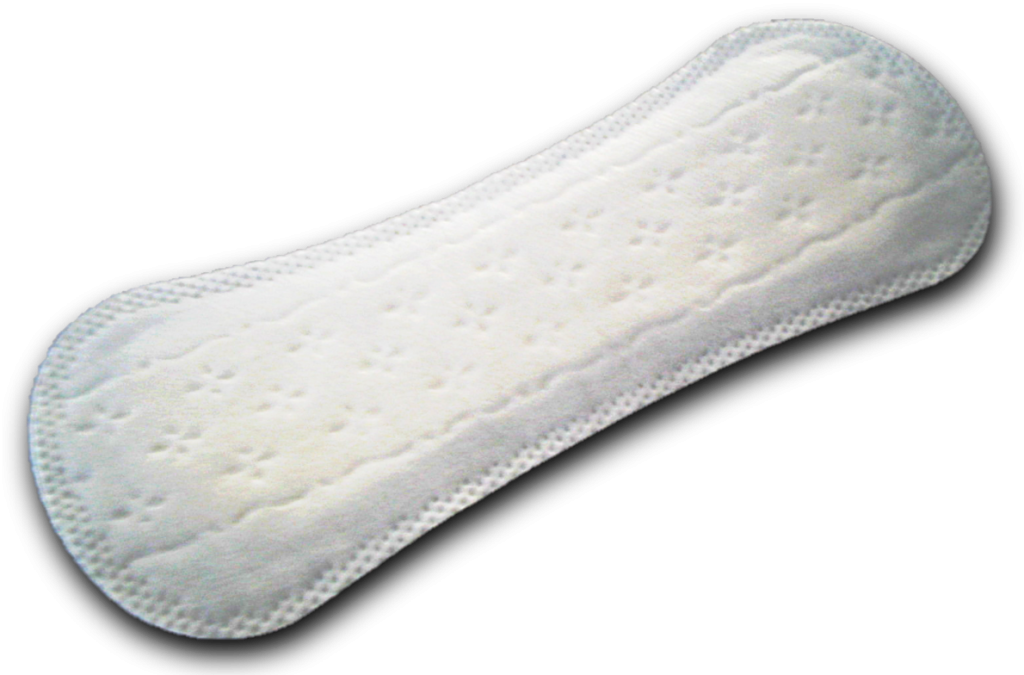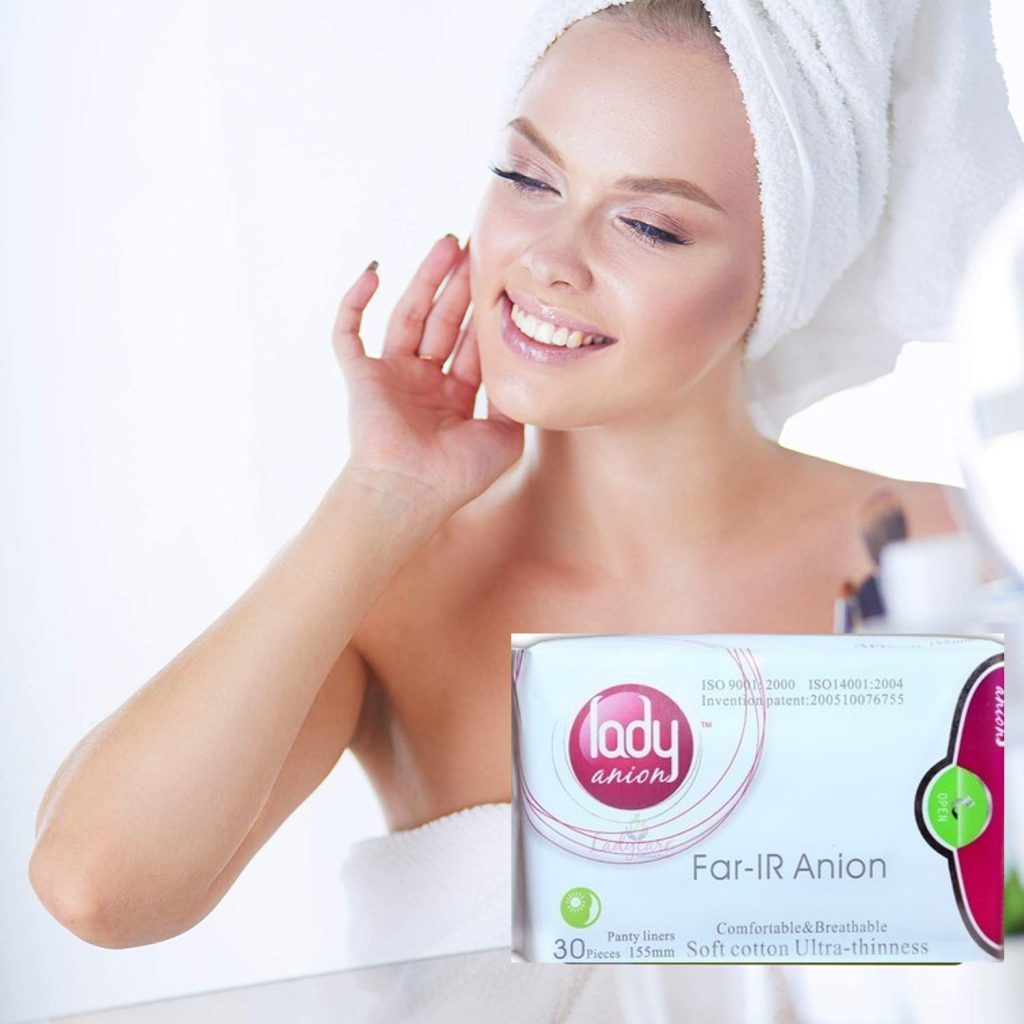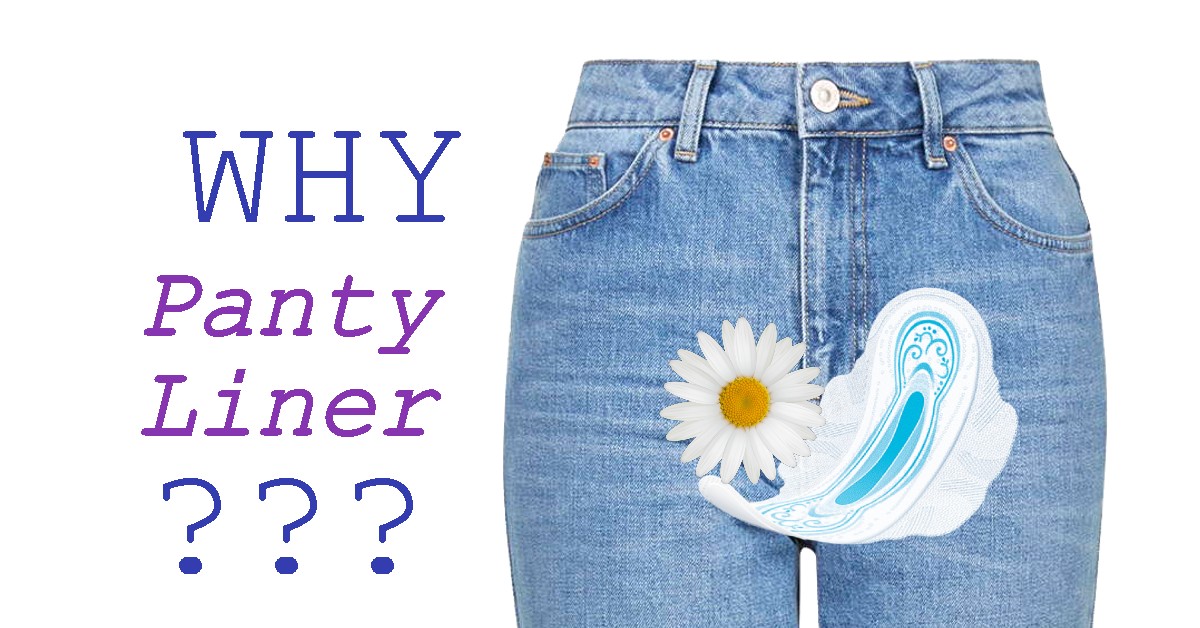Panty liners
Panty liners is the one item that is in almost every woman’s arsenal. What many people do not know is that there are different types of panty liners for different occasion. So the question that a lot of people have is if there is a difference between a panty liner and a sanitary pad.
What is a panty liner?
Also known as a panty shield or a vaginal cover, a panty liner is an absorbent strip of material that is used for feminine hygiene. Although it is similar in construction to a sanitary pad, it is much thinner and therefore much less absorbent. Panty liners have different uses such as the absorption of daily vaginal discharge, for very light menstrual flow which is normally found at the end of a woman’s menstrual cycle, as a shield when wearing a tampon or menstrual cup in case of backup or overflow, for spotting, for urinary incontinence, and for post-coital discharge.
As with sanitary pads, panty liners come in different shapes, sizes, and lengths. Many also sport wings, and there are even panty liners designed for women who prefer to wear thongs. You can also make your own panty liners from reusable cloth, which should be washed between each use.
History
Kotex became the first successful mass-marketed sanitary pad by 1921. Even so, a great stigma continued to cling to menstruation. So much so that female pilots were encouraged to not work when they were menstruating, as women were seen as emotionally unstable during this time. Then in 1933 modern disposable tampons hit the market under the name Tampax.
There was a hygiene concern about the pads and their proximity to faecal bacteria. There were however doubts surrounding tampons, as many worried that it could rupture the hymen of a virgin, be seen as on par with masturbation, and health concerns as women were inserting tampons. Along with those doubts were the present concerns that sanitary pads were creating exterior damage to women. From this was born the sanitary belt by Mary Beatrice Davidson Kenner in 1956. It was the first patented product that featured an adhesive to keep the sanitary pad in place.

Fast forward to 1972, when the first beltless sanitary pads came out. These came in heavy flow, light flow, and mini pad variations. Then in the 1980s the market welcomed maxi pads and pads with wings. There were a couple of other questionable practices surrounding menstruation, such as the extraction method which made its appearance in 1971.
A doctor would use a suction device to extract all of the linings and other disposable contents of the uterus, which shortened periods from approximately 5 days to a couple of minutes. This procedure was lauded by many women, but due to restrictions in research and funding, plus it being a medical procedure that was to take place each month, the project never became mainstream.
The difference
Yes, panty liners and pads look very similar. But they have very different uses. Where a pad is used for your monthly menstrual cycle, a panty liner is used for the in-between. Think of it like a blister pack of birth control pills. You have your pills that are normally brown. Those are your panty liner pills. Then you get to the red or pink pills. Those are your sanitary pad pills.
Another huge difference you will find between panty liners and pads are their size and thickness. No matter the technology, a sanitary pad will always be slightly thicker. This is due to its need to be absorbent. A panty liner has very little moisture to absorb, therefore they can be super thin and still do the job. Where sanitary pads are used to absorb the menstrual blood flow, panty liners are simply there to absorb your normal vaginal discharge, post-coital discharge, light incontinence, and spotting.
Why do women wear them?
As mentioned, panty liners are normally worn to absorb normal vaginal discharge, post-coital discharge, light incontinence, and spotting. But what are all these things?
Every woman has vaginal discharge each day. The discharge that you experience may be affected at where you are in your menstrual cycle, hormones, pregnancy, and infections. In general a healthy vaginal discharge will be clear or white in colour, it will have a very slight odour unless it is paired with an infection, and tends to leave a yellowish tint on your underwear. Vaginal discharge is simply fluids from your vagina, uterus and cervix. As you near menopause, you will notice that your vaginal discharge slowly begins to fade until it completely stops. This is because you are no longer ovulating and because your oestrogen levels drop.
Panty liners for discharge
Post-coital discharge is due to arousal, and increased blood flow to the genitals. This causes the glands to secrete a thin, clear fluid that helps with lubrication during coitus. This fluid is present before, during and after coitus. Along with this discharge, there may also be leftover semen exiting the vagina if a condom was not used.
Light incontinence is not uncommon in women. This can either be caused by stress incontinence, where a weak or damaged urethra is likely to leak when strained, or in women who has given birth. Light incontinence normally occurs when women sneeze, laughs, jumps, or coughs. Although it is very common, it can be embarrassing.
Spotting occurs when you are nearing the end of your menstrual cycle. This is when there is still a tiny amount of period blood, but not enough to warrant the use of a pad. It is called spotting because it is not a constant flow of blood as you experience during the rest of your menstruation. It is literally little spots of blood that appear as your period tapers off.
For health and safety
A panty liner actually plays a very important role. Because of the above-mentioned reasons to wear a panty liner, it does not truly answer the question as to why women wear panty liners. It is not simply to save their underwear from possible unsightly marks, but also to keep the vulva clean and dry. Because the vulva and the vagina is so close in proximity, a wet vulva can be a breeding ground for unwanted bacteria and infections. This is why you would want to keep it as dry as possible throughout the day. The vagina is highly susceptible to bacteria, viruses, and chemicals, as it has a very high absorption rate. This is why it is important to keep the vulva clean and dry. A clean and dry vulva makes for a happy vagina.
This is why it is so very important to pick the correct panty liner. You have to take into consideration what you are placing in the lining of your panty. Most panty liners are laden with chemicals that is used to bleach them, and scientific studies have proven that the continued wearing of both panty liners and sanitary napkins that have been bleached and treated with these chemicals are prone to cervical cancer and infertility. Furthermore there is the threat of panty liners and sanitary pads simply landing up in a landfill, as most of the panty liners and sanitary pads on the market is not environmentally friendly. This change starts with each women using them.
Luckily there are several brands that have come onto the scene with bio-degradable, compostable, and sustainable panty liners and pads. Panty liners are even more important to be bio-degradable, compostable and sustainable, because unlike sanitary pads, panty liners are used almost every day. If you make the calculations of approximately 25 days with one panty liner each for one million women, you already end up with 25 million panty liners that has to be disposed of.
Now take into consideration that the world sex ratio of 2021 found that there are 3.905 billion women in the world. Although many of them are either pre-pubescent or menopausal, and many other do not make use of panty liners, that still leaves an astronomical figure to consider. Thus the importance of ensuring that the simple panty liner does not become a major problem in the grand scheme of things is indeed a very important task.
Lady Anion panty liners

Surely you have heard of the amazing negative ion technology that Lady Anion has introduced into the market? From the super soft and comfortable feel of the sanitary pads and panty liners, to the patented anion strip built into each one of these pads and panty liners. With the release of the negative ions upon contact with moisture, it immediately starts affecting your health in a very positive way. From increased energy to reducing infection, there are so many health benefits to be reaped from wearing these panty liners each day. It has been scientifically proven that constant exposure to negative ions is very good for your health. This is why, in general, people who live next to the ocean, a great body of water, or in or near a forest, is healthier.
